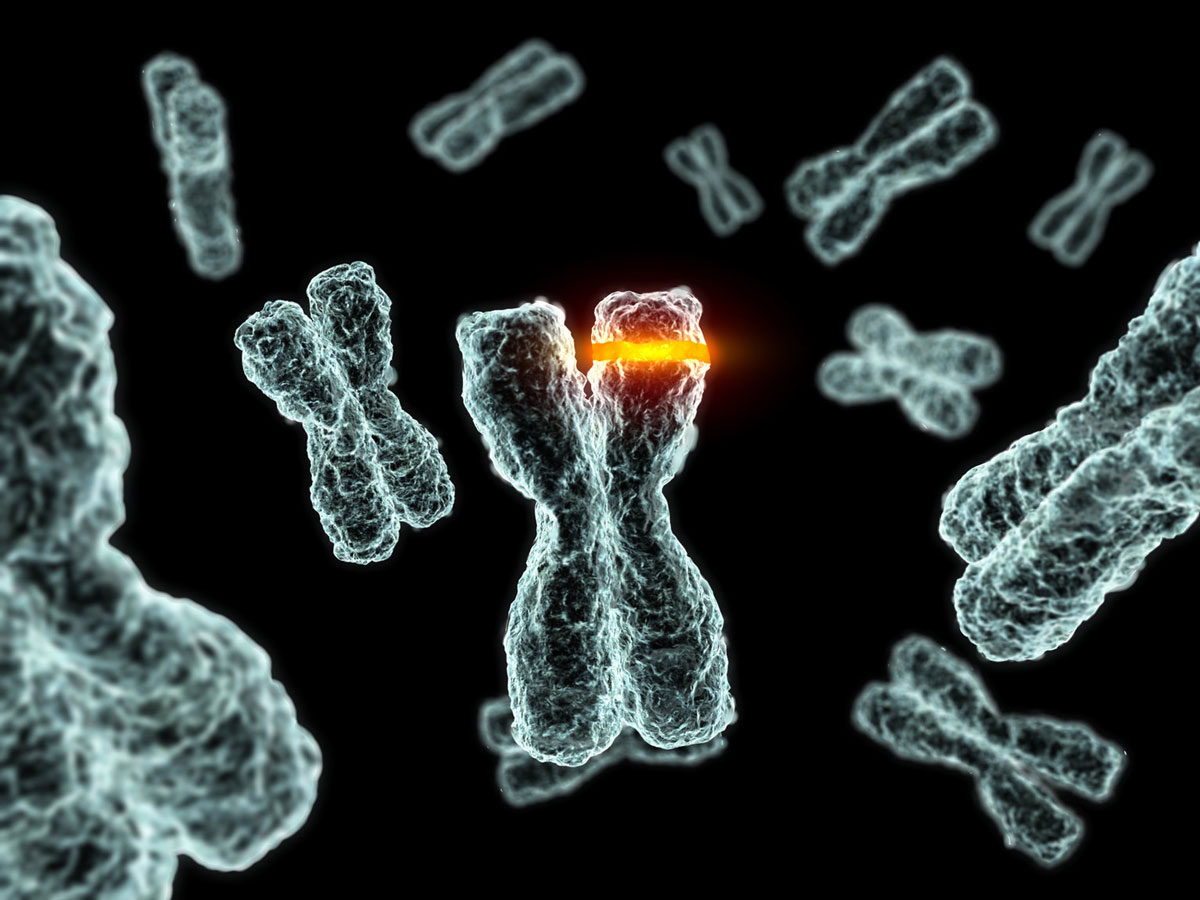Our body is made up of some hundred trillions of cells and each of them is specialized to its function. There are different cells building our bones, muscles, blood, brain, etc… Among all of them the cells making up our brains – the neurons, are the most remarkable.
First of all because of their unique function, but also because they are the longest living cells in our body. The majority of the neurons functioning in the brain were developed in prenatal stages. To compare, the cells in our guts are replaced after less than a week.
The structure and function of each cell is determined by our genes. When cells are replicating the DNA is copied, but often part of the genetic code is missing or gets duplicated. This variation leads to a formation of what is called a genetic mosaic. This variation has been found in the skin cells, but till now no one suspected that it could affect neurons as well.
The scientists at Salk Institute of Biological Sciences in a study led by Mike McConnell have discovered that as much as 41% of the neurons they examined displayed at least one significant variation in DNA.
This result came as a big surprise as it challenged the commonly held theories on the development of brain and its genetic makeup. As corresponding author of the study, Fred Gage says: “this was such a surprise – finding out that individual neurons in your brain have different DNA content.”
These findings may lead to a better understanding of some mental diseases such as schizophrenia, bipolar disorder, autism and depression – all of these conditions have been suspected to be genetically linked, but their development couldn’t be tied up to a single gene.
“That might be why it’s been so hard to figure out the genetics of these complex diseases – because we’ve been building on the assumption that all the cells in there had the same genome,” says McConnell, the leader of the study. “If we’ve been over- or under-representing some of the risk genes, now we might have a better understanding.”
In their research, the scientists have isolated some hundred neurons from people posthumously. To examine them they have used the method of single-cell sequencing. In this method the miniscule amount of DNA in a single cell is chemically amplified many times before it can be sequenced.

CVNs are the most common cause of autism.
This process is technically challenging, so the team spent a year ruling out potential sources of error. The study is also ground-breaking because this has been probably the first time that single-cell sequencing has been applied to neurons. Without this technique the readout of DNA was an average of all the genomes of a huge population of cells.
Once the scientists were able to isolate the DNA from a single cell they have looked for its variations, such as duplications of deletions called Copy Number Variations or CNVs.
They have found that around 41% of neurons have at least one CNV that has occurred spontaneously, which means it has not been genetically passed down from the parents.
Findings Still to Come
Similar variation of DNA has been found in the neurons derived from the skin of three healthy people, and the variation in the genetic makeup has also been discovered in the skin cells. These findings suggest that many genetic changes occur in the development and are not inherited.
The CNVs in DNA may lead to changes in its expression: a deletion could lead to reduced expression of the affected genes, while a duplication could lead to greater expression. What is the implication of this variation in neurons?
“The thing about neurons is that, unlike skin cells, they don’t turn over, and they interact with each other,” says McConnell. “They form these big complex circuits, where one cell that has CNVs that make it different can potentially have network-wide influence in a brain.”
The findings of the research are groundbreaking, but the scientists feel that they are just at the beginning of the journey to discover how the genetic makeup of neurons and the CNVs are affecting the brain. But they are suspecting that what they have found out could lead to answer some long-standing questions linking genetic patterns with certain mental disorders.
“There are examples out there of identical twins where one has schizophrenia and the other one doesn’t. One has autism and the other one doesn’t,” McConnell said. “These are identical twins who were raised together, they had the same nature and nurture, and it’s not clear why one of them would get the disease and the other one wouldn’t. And it could be because of the mosaic they wound up with in their brain.”
Scientists are very enthusiastic about the discovery of genetic mosaic in brain, but Mike McConnell is cautious about the prognosis of finding remedy to mental diseases based on his findings. “It would be very far-fetched to think that you could actually fix the mosaic,” he says, “but if we can understand how the mosaic is causing disease, and identify certain genes that become overrepresented or underrepresented in the mosaic, then we could start studying those genes and perhaps find better targets for some of these diseases.”
This article was first published in 2013 and is currently republished for its relevance.
References
- Researchers find unexpected genetic mosaic in the brain. Medical Xpress. 2013.
- Genetic Diversity in the Brain Neurons: within a person’s brain exhibit striking variations in DNA copy number. Ruth Williams. The Scientist.
- Study finds a patchwork of genetic variation in the brain. Salk News Release. 2013.